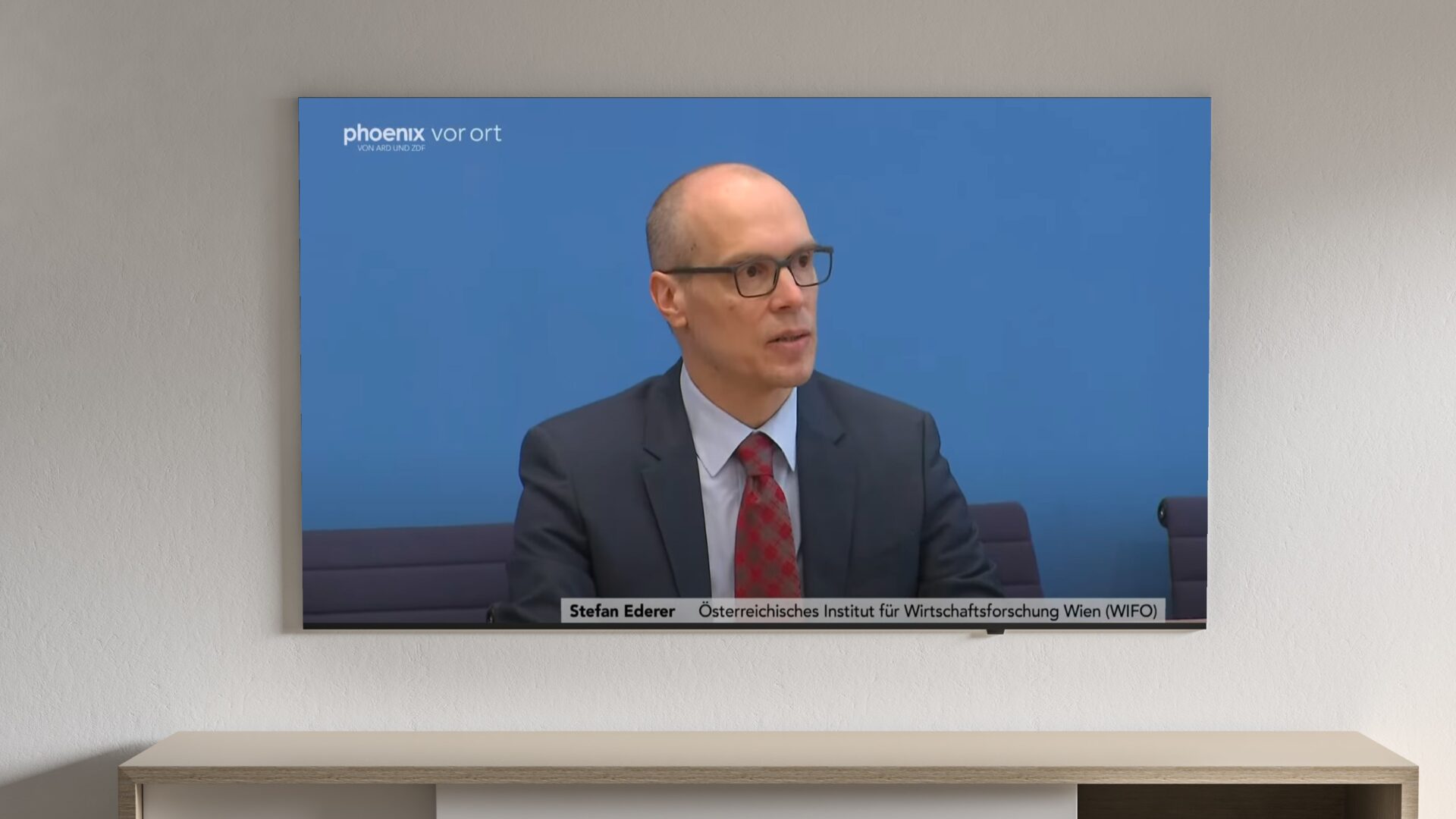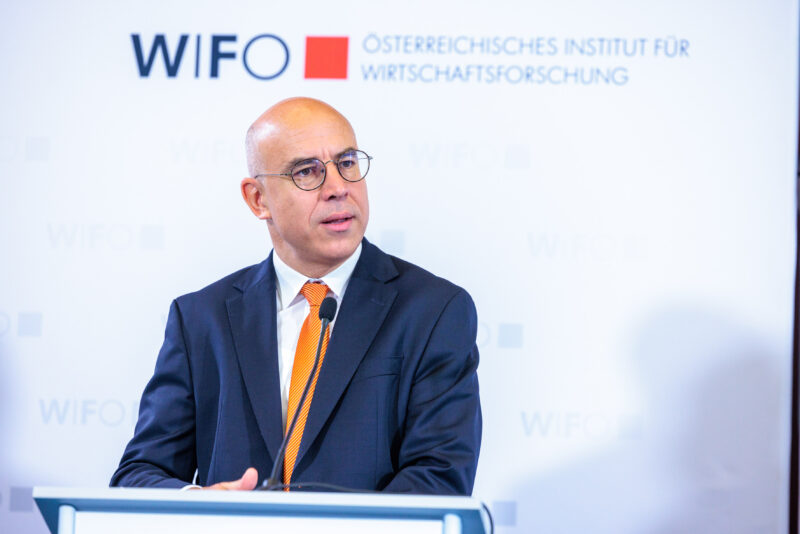
WIFO Contributes to Joint Economic Forecast of Germany
The 146th Joint Economic Forecast, entitled "Inflation High at Core – Strengthen Supply Forces Now", contains a detailed short-term forecast up to 2024 as well as a medium-term projection of the economic development up to 2027. The main topic examines the short-term adjustments and structural consequences of the energy crisis for the German economy.
The economic setback in the winter half-year 2022-23 is likely to have been less severe than feared in autumn. The supply-side disruptions that have burdened the German economy for some time have subsided. However, a noticeable decline in inflation rates will take some time, as the demand pull is unlikely to diminish for the time being. In addition to the government relief measures, the foreseeably high wage increases will also contribute to this. At 6.0 percent, the inflation rate in 2023 will be only slightly lower than in the previous year. The rate is not expected to fall noticeably until next year, in particular due to declining energy prices. The decline in the core inflation rate (i.e. the increase in consumer prices excluding energy) will initially be much weaker. It is likely to decline only slowly from 6.2 percent in 2023 to 3.3 percent in 2024.
The manufacturing sector will become a pillar of the economy in the coming quarters, as it will benefit directly from the easing of supply bottlenecks and the return of somewhat cheaper energy. As real wages pick up again, private consumption will also contribute to the overall economic expansion in the further course. The construction industry, on the other hand, will slow down the economy, as demand will remain weak, also as a result of higher financing costs. The price-adjusted gross domestic product will increase by 0.3 percent this year and by 1.5 percent next year. The institutes are thus noticeably raising their forecast from autumn 2022 for the current year by 0.7 percentage points, while the forecast for next year is lowered by 0.4 percentage points. Economic policy has largely let the supply-side reins slip in recent years, even in times when there was no acute crisis management. The need for reform is all the greater now, especially to meet the challenges of demographic change and the energy transition. Both require measures to strengthen potential, also to contain the intensifying distribution conflicts.
All further information on the Joint Economic Forecast in spring 2023 is available here.
Please contact
















